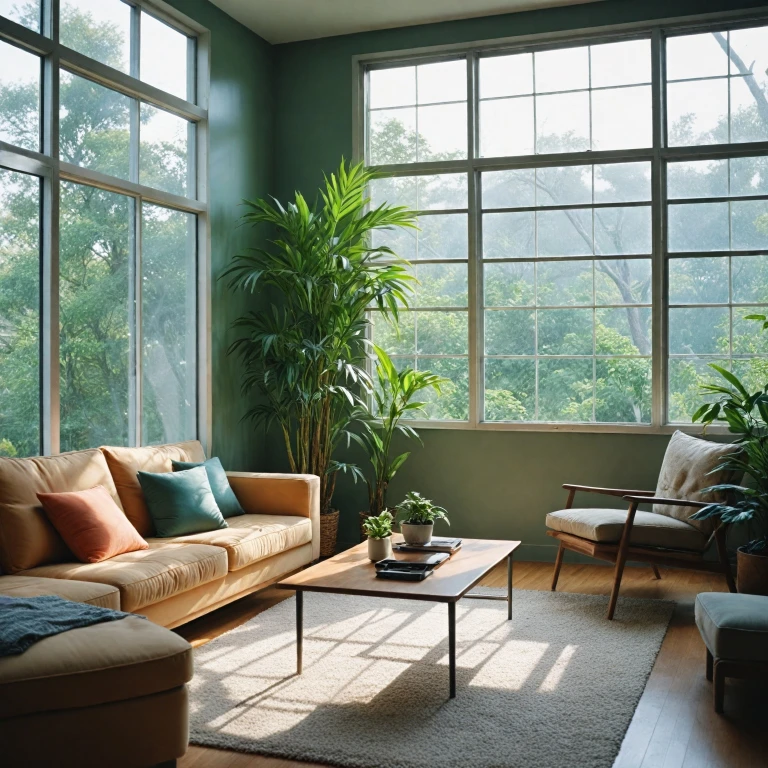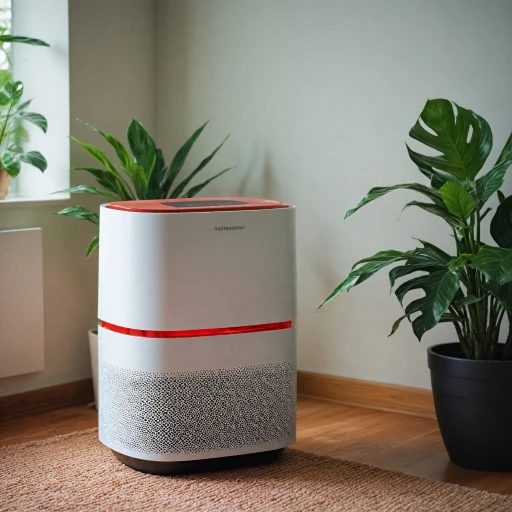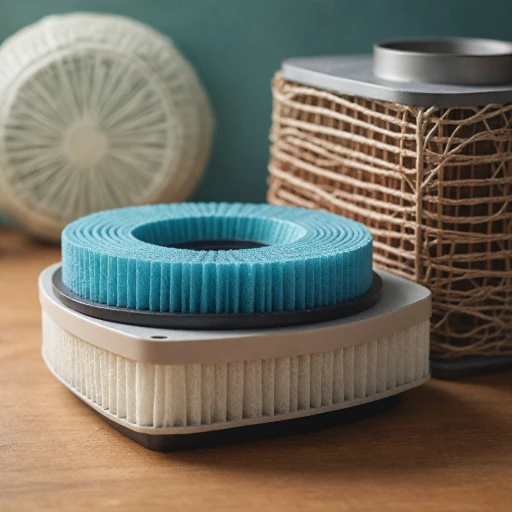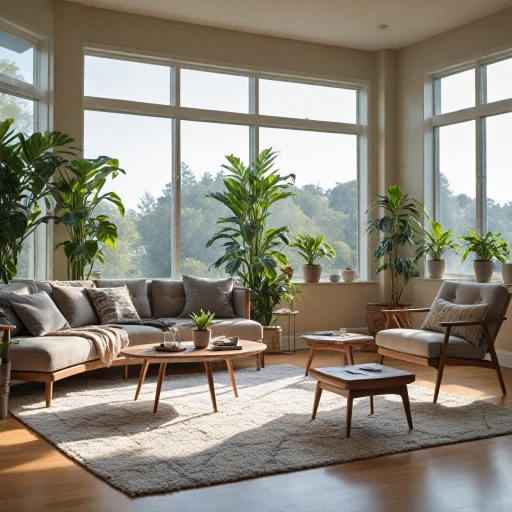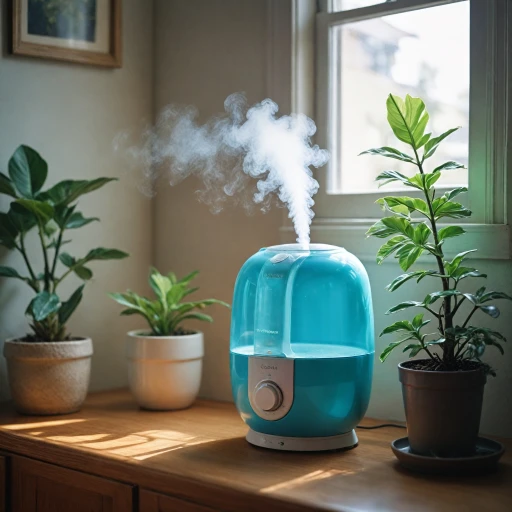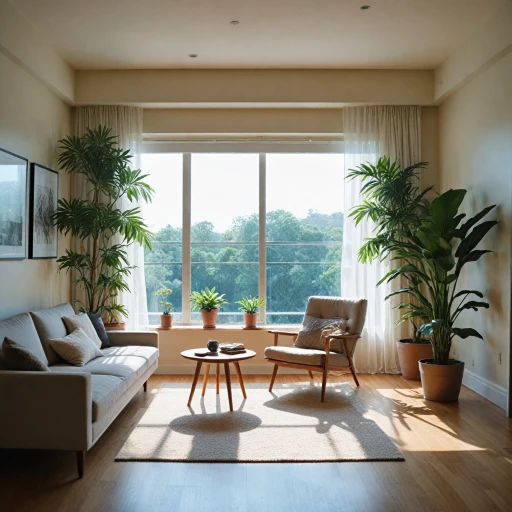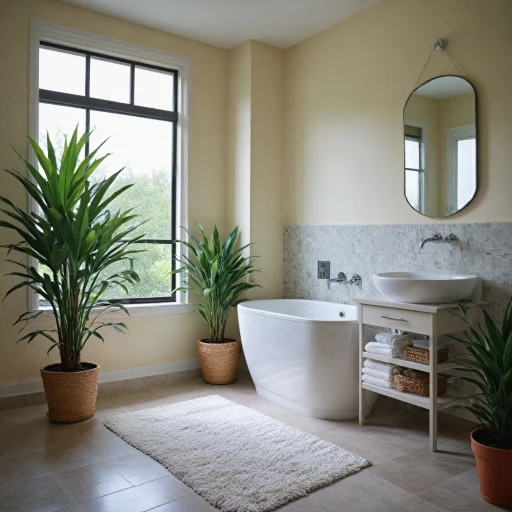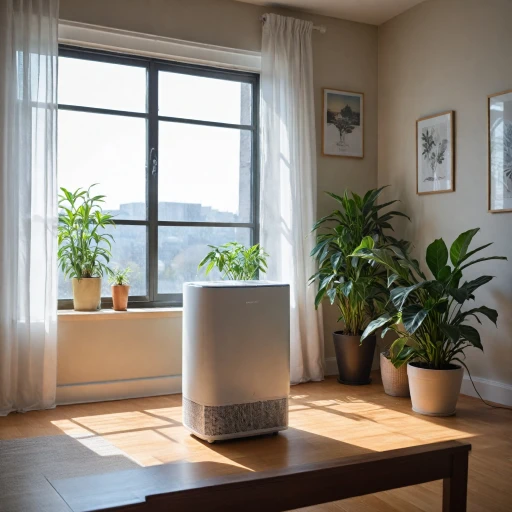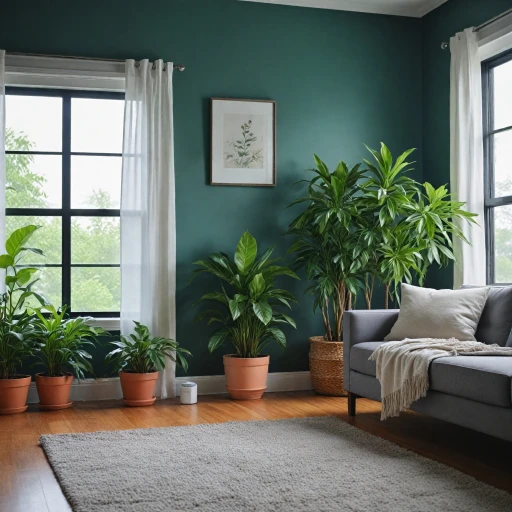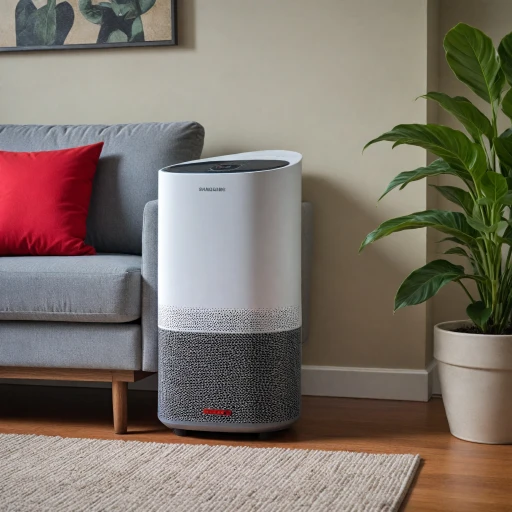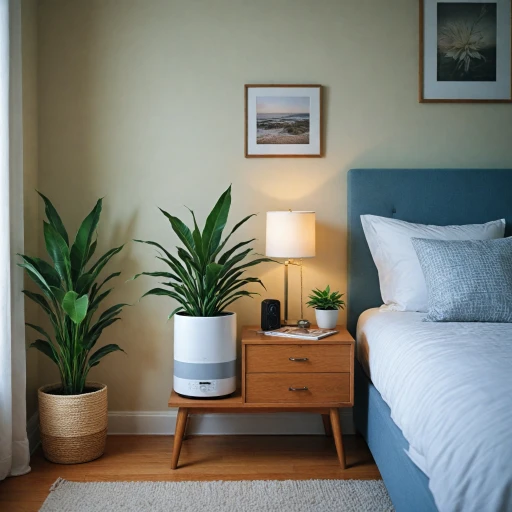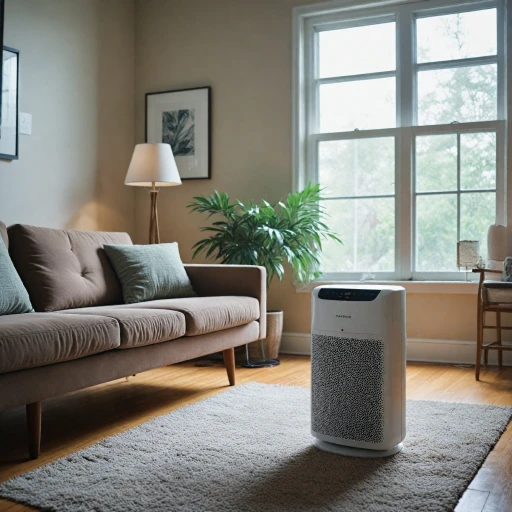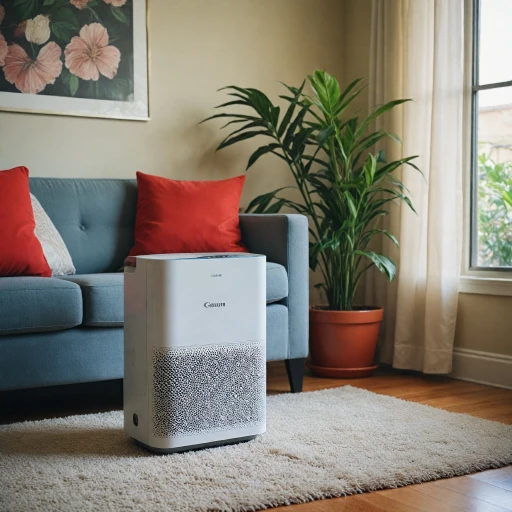
Understanding the Basics of Air Filters and Dehumidifiers
Getting Acquainted with Air Filters and Dehumidifiers
Understanding how air filters and dehumidifiers function is paramount in enhancing your indoor air quality. These devices, when used properly, can make a significant difference by reducing allergens and controlling humidity levels. Air purifiers and filters work by removing pollutants such as dust, pollen, and pet dander from the air. A standout choice for many is the HEPA filter, recognized for its efficiency in capturing particles as small as 0.3 microns, providing quality air in different rooms, from a small bedroom to a large living area. Brands like Coway Airmega and the Blue Pure model are often mentioned for their effectiveness. Meanwhile, dehumidifiers tackle excess moisture, which can cause mold and mildew, thereby improving air quality and comfort. In the realm of air purification, understanding the differences between various products—like a combination unit, such as a dehumidifier combo or a separate purifier dehumidifier—is crucial. This knowledge not only helps in choosing the best appliance based on room size and specific needs but also plays a role in determining the device's energy consumption and, consequently, the price. Investing in an energy star-rated product is often recommended for optimal efficiency. For those interested in exploring the different filter options available, including eco-friendly solutions that align with contemporary environmental values, you can delve deeper into the benefits of natural air filters here. This will provide valuable insights into making informed decisions tailored to your indoor environment. By familiarizing yourself with the variety of air purifiers, dehumidifiers, and combination units on the market, you’ll be better equipped to enhance the air quality and comfort of your living spaces effectively and efficiently.The Role of Air Filters in Reducing Allergens
Key Considerations for Allergy Relief
Air filters play an indispensable role in reducing allergens in indoor spaces, enhancing overall air quality significantly. They work by capturing and removing airborne particles such as pollen, dust mites, and pet dander, which are common triggers for allergies. Particularly for those susceptible to allergens, utilizing a filter with true HEPA technology can be immensely beneficial. True HEPA filters are known to trap at least 99.97% of particles as small as 0.3 microns, making them a reliable choice for individuals looking to minimize respiratory discomfort.
Filter Features to Look For
When selecting an air purifier, consider energy star-rated models which are more energy-efficient, reducing your utility bills over time. Products like the Coway Airmega or the Airmega Mighty stand out for their robust performance and energy-saving capabilities. Moreover, for those dealing with small or compact spaces such as bedrooms, units like the Blue Pure can offer a right-sized solution without compromising on efficacy.
Impact of Using an Air Purifier
The use of purifiers not only addresses present allergens but helps maintain a healthier indoor air environment over time. In combination with dehumidifiers, which manage excess moisture, you can establish an integrated approach to indoor air maintenance. This dual strategy ensures that both particulates and microbes are kept in check, helping to achieve an optimal living environment.
Understanding What Works for You
Ultimately, selecting the best combination of air purifiers and dehumidifiers involves understanding your personal needs, room size, and budget. With numerous options available on platforms like Amazon, ranging from small dehumidifiers to advanced purifier dehumidifier combos, there's a solution for every situation. To get a comprehensive overview of what each has to offer and to understand further how air purifiers contribute to reducing allergens, visit Understanding the Components.
Managing Humidity Levels with Dehumidifiers
Balancing Humidity Levels for a Healthier Home
A dehumidifier can play a significant role in enhancing indoor air quality by effectively managing humidity levels. Excess moisture in areas such as the bedroom, kitchen, or large rooms can lead to mold growth, dust mites, and general discomfort. Here's how dehumidifiers help create a healthier home environment:
- Regulation of Humidity: A dehumidifier air system extracts excess moisture from the air, maintaining optimal humidity levels in your room. This not only prevents mold and mildew but also improves the efficiency of air purifiers.
- Efficient Energy Use: Investing in an Energy Star-rated dehumidifier can offer significant savings on electricity bills, as these models tend to run more efficiently. Brands like Coway Airmega or Airmega Mighty provide effective solutions for both small and large spaces.
- Improved Air Quality: By working in tandem with air purifiers equipped with HEPA filters, dehumidifiers ensure that allergens and pollutants have fewer opportunities to thrive, consequently leading to a healthier indoor space.
For those interested in a multi-tasking appliance, purifier combo devices are available that integrate purification capabilities with moisture control. Brands like the Airmega and Afloia Air offer these hybrid units. Although they come with a higher price tag, investing in a purifier dehumidifier can prove cost-effective over time.
It's also worth considering the size of the dehumidifier based on the room it will be placed in. Small dehumidifiers work well for compact areas, while larger models are better suited for expansive rooms. Ultimately, selecting the best dehumidifier depends on the specific needs and layout of your home.
Choosing the Right Air Filter and Dehumidifier for Your Needs
Factors to Consider for Selecting Air Purifiers and Dehumidifiers
Choosing the right air purifier and dehumidifier can significantly enhance indoor air quality. Here's what you should consider to make an informed decision:- Room Size: It's important to select a device suitable for the space you intend to use it in. Large rooms require powerful units with high Clean Air Delivery Rate (CADR) values. Brands like Coway Airmega and Airmega Mighty offer models tailored for various room sizes.
- Filter Type: For air purifiers, look for those with True HEPA filters, which are effective in capturing fine particles and allergens. Blue Pure and Afloia Air are examples of efficient devices with high-quality filters.
- Humidity Control: A dehumidifier should effectively manage excess moisture. For small rooms or bathrooms, small dehumidifiers such as the Sorbi Air can be highly efficient. For larger spaces, consider a more robust option.
- Energy Efficiency: Selecting an Energy Star-rated appliance can reduce your energy consumption and lower your bills. This certification ensures that the device uses power efficiently.
- Features and Flexibility: Some devices are designed as purifier dehumidifier combos, offering dual functionality that can be advantageous for versatile use. Products with smart technology and the ability to monitor air quality should also be considered.
- Budget and Cost: Consider the price and operational costs, including filter replacements and electricity bills over time. It's vital to align your choice with your budget while ensuring the best air quality improvement.
Maintenance Tips for Air Filters and Dehumidifiers
Keeping Your Devices in Top Shape
Maintaining your air filters and dehumidifiers is key to ensuring optimal performance and longevity. Regular upkeep can greatly influence the air quality in your home, impacting everything from allergy reduction to managing indoor humidity levels. To keep your devices functioning at their best, consider these maintenance tips:- Replace Filters Regularly: Whether you're using a Coway Airmega or a True HEPA filter, it's crucial to replace filters at the recommended intervals. Replace HEPA filters every 6-12 months, or as advised by the manufacturer. This ensures your purifier effectively captures allergens and pollutants.
- Check the Dehumidifier Functionality: For combined air purifier and dehumidifier systems like the Sorbi Air, regularly inspect and clean the device's components. This is particularly important in small dehumidifiers and purifier combos to prevent excess moisture buildup in your room.
- Monitor Humidity Levels: Regularly check humidity levels in your home, especially in large rooms or bedrooms. An ideal range is between 30% to 50% to prevent mildew and mold growth. Use a small dehumidifier air setup to maintain the quality of your indoor air.
- Schedule Regular Cleanings: For appliances like the Airmega Mighty and Blue Pure, periodic cleaning of the exterior and pre-filters is necessary. Dust and debris can hamper the efficiency of these devices over time.
- Invest in Energy Star Rated Options: Consider upgrading to energy-efficient models with an Energy Star rating. Although the upfront price may vary, the long-term savings in energy consumption and enhanced air quality can be worthwhile.
